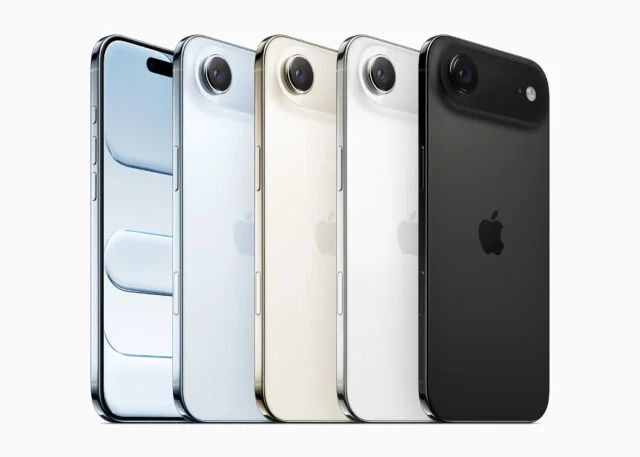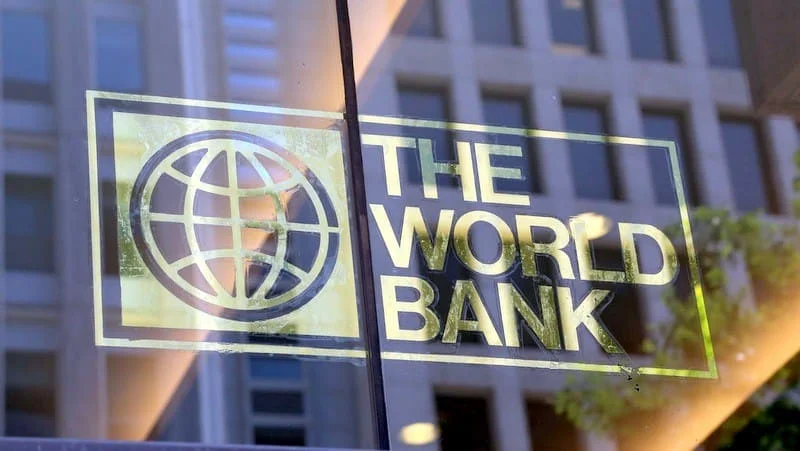Apple CEO Tim Cook introduced the iPhone Air, the company’s thinnest iPhone ever, measuring just 5.6 mm. The launch took place during Apple’s annual event in Cupertino, California.
Cook invoked Steve Jobs’ design philosophy, reminding the audience:
“For us, design goes beyond just how something looks or feels. Design is also how it works.”
The iPhone Air was unveiled alongside the iPhone 17, 17 Pro, and 17 Pro Max, marking Apple’s latest attempt to refresh a lineup some critics considered stagnant.
iPhone Air: Slim Design Meets Durability
The iPhone Air is thinner than Samsung’s Galaxy S25 Edge (5.8 mm). It features a titanium frame and ceramic shield glass for strength. Despite its ultra-slim profile, Apple claims the compact circuitry enables all-day battery life.
Key Specs:
- Powered by the A19 Pro chip, optimized for AI tasks.
- Includes two custom Apple communication chips.
- Launch price: $999, undercutting Samsung’s Galaxy S25 Edge by $100.
Early Reactions from Analysts and Influencers
The launch has sparked excitement among analysts and influencers.
- Technical Guruji (24M YouTube subscribers) praised the design but said battery life remains the key test.
- Paolo Pescatore of PP Foresight called it a “reinvigoration” of Apple’s smartphone lineup.
- Nabila Popal of IDC predicts strong adoption, replacing the iPhone Plus model.
Trade-Offs and Challenges
The iPhone Air comes with a single camera, unlike dual-camera iPhone 17 or triple-camera Pro models. Critics warn that battery, camera, and audio compromises could limit sales in markets like China, where slimmer, cheaper rivals dominate.
Competition with Samsung and Google
Samsung’s Galaxy S25 Edge launched earlier this year, shipping one million units in Q2. While thicker, it offers more camera options than the iPhone Air.
Unlike Google’s Gemini-powered smartphones, the iPhone Air does not introduce new AI features, raising concerns about Apple’s ability to keep up in the AI race.
Why the iPhone Air Matters
The iPhone Air’s sleek design and competitive price could drive holiday upgrades, especially in Apple’s U.S. and European markets. However, its success depends on whether Apple delivers on its battery life promise and convinces price-sensitive consumers.
By evoking Steve Jobs’ design legacy, Apple hopes to stand out in a crowded smartphone market. Whether this gamble pays off will become clear in the months ahead.
NCAA Calls Emergency Meeting with Airlines Over Flight Delays






